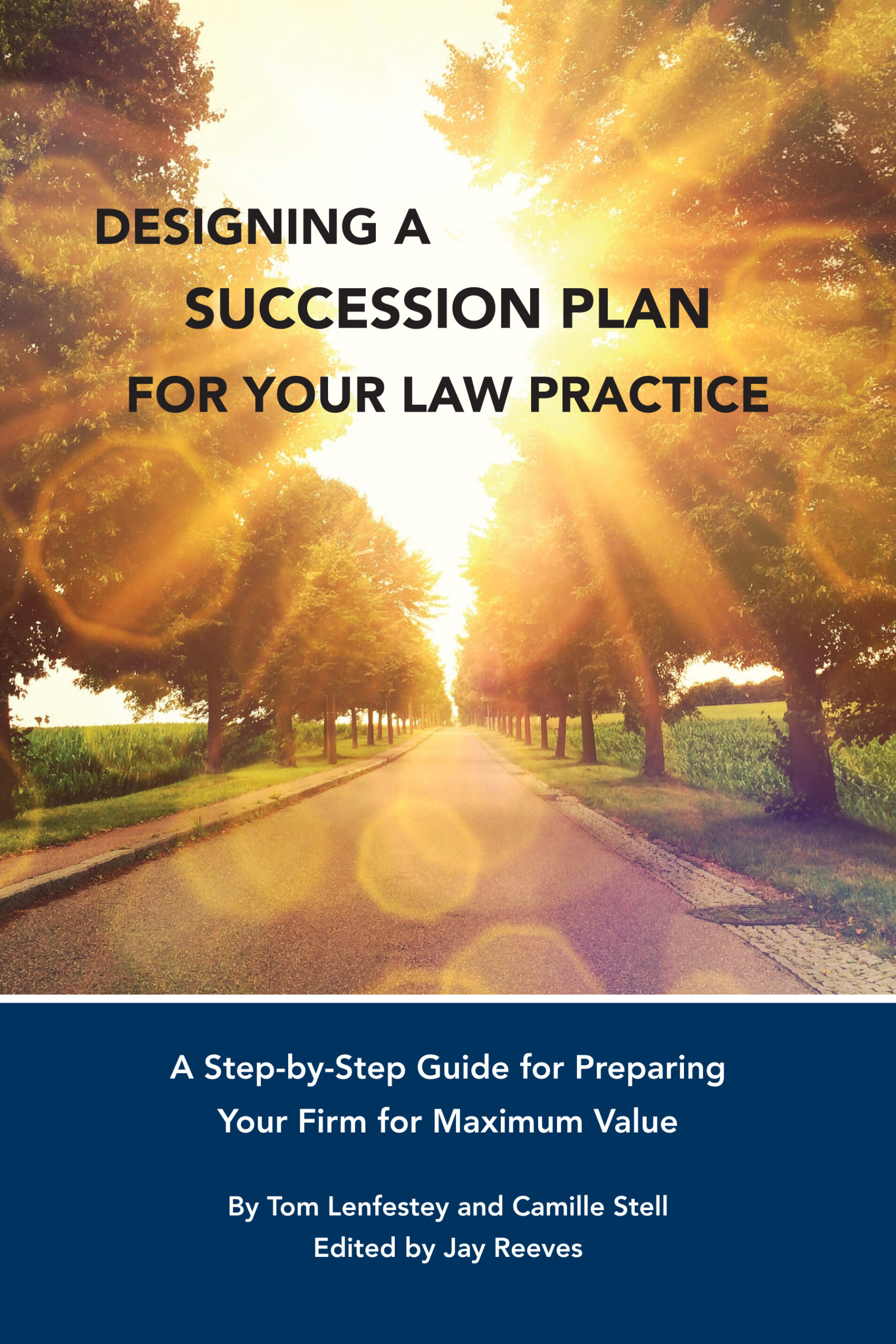
Pay down debt. As you approach retirement, you don’t want debt to stand in the way of your future. The snowball method of debt reduction allows you to see wins along your journey which keeps you inspired to move forward. Identify your smallest debt and pay it off as quickly as possible. Then take the monthly payment that had been allocated towards the debt and add it to the minimum payment you have been making on your next smallest debt.
Using the snowball effect, there is a psychological boost to seeing your debts disappear and it can increase your motivation to continue paying off the debt.
The debt avalanche payment method would have you pay off your highest interest rate debt first resulting in money saved over time in interest payments.
There is no right or wrong way to pay off debt early, pick an option and start today.
Work with an expert. According to LendingTree, the online lending marketplace headquartered in Charlotte, North Carolina:
- 46% of Americans expect to retire in debt
- Only 21% surveyed reported working with a financial planner
- 54% of consumers have no plans to seek expert help to meet their retirement goals
Many people think they don’t have enough money to involve a financial planner or that they don’t need expert advice. That’s not unlike people who handle legal problems own their own, they don’t get the expert advice they need. Ask for a recommendation from family, friends, or business connections and start meeting with an expert today. It’s never to early to start financially planning for retirement.
Set a retirement budget. Unless you know what you are saving for, how will you ever get there? Hopefully with financial planning, you will not be living solely on a social security check. If so, your budget is set, you can’t spend more than your benefit.
However, if you have taken advantage of other savings and investment opportunities, you will need a budget to make sure that you have realistic ideas of what retirement spending will look like. This will help you manage your retirement investments before and during retirement.
Travel now. The number one retirement dream is travel. That’s actually my number one dream every day of the week. Italy had long been on my wish list. Robby and I were able to go in the fall of 2019 with a small group of Meredith College alums for cooking school in Tuscany. I had been dreaming of this trip since I passed on a semester abroad in college. It was the best, truly a trip of a lifetime. It was also expensive, and travel can be tiring what with walking 25,000+ steps a day, touring, cooking, eating, drinking, visiting churches, museums, wineries, and olive groves.
One take-away for me is not to put my travel dreams on hold. I should take the big trips now while I’m earning money and my health is good. I certainly plan to travel during retirement, but I’m also going to devote some of my current budget and vacation time for those once-in-a-lifetime trips.
Explore long-term care options. According to the U.S. Department of Health and Human Services, 70% of Americans 65 and older will need long-term care in their lifetime. Full-time care in a private Medicare-certified long-term nursing home averages $107,000 annually.
The average in-home care costs $50,918 a year for 40 hours of help per week.
Finance guru Suze Orman cites a government report that estimates the average out-of-pocket costs for seniors on Medicare to be $6,800 a year.
Consider adding long-term care insurance coverage or talk with your financial advisor about devising a tax-efficient strategy for dealing with health costs during retirement. Many experts recommend taking out long-term care insurance by age 50.
Saying no. Suze Orman sees many adults financially contributing to their adult kids to live the lifestyle they want to live. If you can afford it, that’s great. However, if this is postponing your well-deserved retirement or jeopardizing your retirement savings, you need to re-think your strategy. It’s one thing to help an adult kid who is struggling. It’s another to assist with car payments because they didn’t want a used car or covering their cellphone bill or health insurance even though they have a job.
If your retirement is compromised, will you need to get support from your adult child? Will it be at a time when they are raising a family and saving for college? If so, it might be easier to say no now than to ask for help for your retirement later.
When to retire? According to the LendingTree survey, the most popular age range for retirement is 60-64. However, most lawyers work many years past that age range. Often professional enjoyment and professional identity are a considerable pull to continue law practice. However, younger generations seem more interested in early retirement:
- 28% of millennials (ages 25 – 40) want to retire by age 50
- 16% of Gen Xers (ages 41 – 55) want to retire by age 50
- Only 7% of Baby Boomers (ages 56 – 75) say their dream retirement age is less than 55
- 21% of women want to retire before age 50 compared to 15% of men
What keeps us up at night? The most common worries are health issues resulting in physical limitations (worries of not being able to enjoy retirement) and running out of money during retirement.
All of us have different retirement dreams and priorities. A carefully planned retirement can help you reach your dream:
- Set retirement goals and begin planning for Life after Law
- Set a retirement budget, financial goals, and work with a financial planner to help you achieve those goals
- Set a retirement or winding down timeline. Planning for retirement doesn’t mean you stop work today, but you know what you are working towards.
About The Author
Camille Stell

Camille Stell is the President of Lawyers Mutual Consulting & Services and the co-author of Designing A Succession Plan for Your Law Practice: A Step-by-Step Guide for Preparing and Packaging Your Firm for Maximum Value. Continue this conversation by contacting Camille at camille@lawyersmutualconsulting.com or 800.662.8843.



